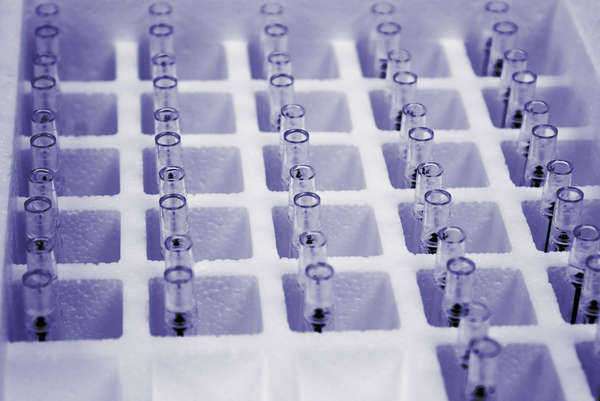
What is Artificial Insemination?
Artificial insemination is the process by which sperm is placed into the reproductive tract of a female for the sole purpose of procreation. Because of this anticipated result, artificial insemination is a medical substitute to sexual intercourse or natural insemination. As an assisted reproductive technology, artificial insemination will use the sperm from the female’s male partner or sperm from a donor in situations where the male is unable to produce sperm or the woman is single or a lesbian. In addition to human reproduction, artificial insemination is commonly used for livestock breeding, especially for pigs and dairy cattle.
Artificial Insemination: Preparation
Artificial insemination commences when freshly ejaculated or frozen and thawed sperm is placed in the cervix via an intra-cervical insemination. In human beings, the procedure was originally developed as a means of aiding couples with conception where the male’s problems of producing sperm otherwise inhibited procreation.
As mentioned above, the sperm sample is either be provided by the male partner or by a sperm donor if the partner is not able to produce effective sperm or if the woman is not actively involved in a relationship. If taken from a donor, the sperm must be frozen and subsequently quarantined for a specific period. The sperm—as well as the male donor–will then be tested to ensure that the individual does not carry any transmissible diseases. All sperm donated in this fashion is produced through masturbation at a licensed sperm bank.
If the sperm is provided by a private donor, either through a sperm agency or directly, it will typically be supplied fresh and not go through the quarantine process. Private donor sperm is primarily produced via masturbation; however, some donors will use a collection condom to obtain the sperm during sexual intercourse with their own partners.
Regardless of route, the male providing the sperm is typically advised not to ejaculate for 48-72 hours before offering the sample—this constraint is required to increase the individual’s sperm count. Furthermore, the woman’s menstrual cycle must be closely monitored by tracking her body temperature and alterations in vaginal mucus.
When using an intrauterine insemination, the sperm must be washed, concentrated and warmed. “Washing” the sperm will increase the chances of fertilization and remove attached mucus and non-motile sperm in the semen.
Artificial Insemination: Procedure
When the ovum is released, semen provided by the donor is artificially inseminated into the female’s vagina or uterus. In the case of vaginal artificial insemination, the semen is placed in the vagina via a needle-less syringe. The more effective artificial insemination procedure will insert the semen direct into the female’s uterus. This form of artificial insemination will only utilize ‘washed’ semen and will use a catheter as the vehicle for insertion.
If the artificial insemination procedure is successful, the female will conceive. The baby, in this situation, is regarded as the woman’s biological child and the biological offspring of the male whose sperm was used during the artificial insemination process. Pregnancy resulting from artificial insemination is no different from pregnancy achieved following sexual intercourse.


























